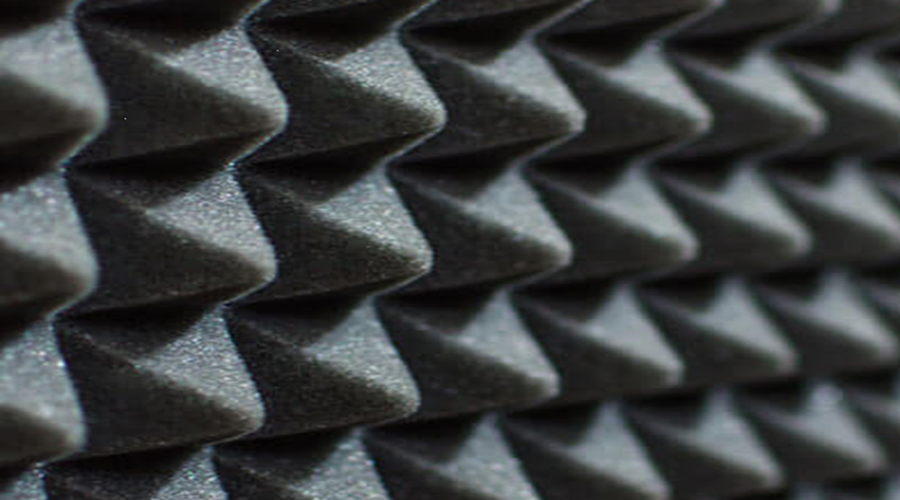Open-cell polyurethane foam has emerged as a versatile and efficient material for various applications, one of which is sound attenuation. As a polyurethane catalyst supplier, understanding the role of catalysts such as MXC-A1 and MXC-T in the production of open-cell foam can provide insights into why this material is gaining popularity as a noise barrier.
Understanding Open-Cell Foam
Open-cell foam is characterized by its porous structure, where the cells are interconnected, allowing air and sound waves to pass through. This structure contrasts with closed-cell foam, where cells are sealed off from one another, providing more rigidity and impermeability. The open structure of the foam contributes to its acoustic properties, making it an effective sound absorber rather than a sound blocker.
Catalysts in Open-Cell Foam Production
Catalysts like MXC-A1 and MXC-T are crucial in the production of open-cell foam. They facilitate the reaction between the polyol and isocyanate components, ensuring the formation of a uniform, stable foam with the desired open-cell structure. The choice of catalyst can influence the foam’s density, cell size, and overall performance, making it essential to select the right catalyst for achieving optimal acoustic properties.
Acoustic Properties of Open-Cell Foam
Open-cell foam excels at absorbing sound, particularly in the mid to high-frequency range. This makes it an excellent material for reducing echo and reverberation within a space. When sound waves enter the foam, they are trapped within the interconnected cells, where they are dissipated as heat energy. This process reduces the overall sound levels and improves the acoustic quality of the environment.
Applications in Noise Reduction
Given its sound-absorbing properties, open-cell foam is widely used in various noise reduction applications. These include:
- Residential and Commercial Buildings: Open-cell foam is applied to walls, ceilings, and floors to minimize noise transfer between rooms, creating quieter living and working environments.
- Recording Studios and Theaters: The foam’s ability to reduce echo and reverberation makes it ideal for use in spaces where sound clarity is paramount.
- Industrial Settings: Open-cell foam is used to line machinery enclosures and industrial spaces to reduce noise levels and create safer, more comfortable working conditions.
Advantages of Using Open-Cell Foam for Noise Reduction
- Cost-Effective: Open-cell foam is generally more affordable than other soundproofing materials.
- Lightweight and Flexible: Its lightweight nature makes it easy to install in various settings without adding significant weight to structures.
- Thermal Insulation: In addition to its acoustic properties, open-cell foam also provides thermal insulation, enhancing energy efficiency.
Conclusion
Open-cell polyurethane foam, facilitated by catalysts like MXC-A1 and MXC-T, proves to be an effective noise barrier due to its sound-absorbing capabilities. Its application in residential, commercial, and industrial settings demonstrates its versatility and efficiency in creating quieter, more comfortable environments. As a polyurethane catalyst supplier, promoting the benefits of open-cell foam in noise reduction can help address the growing demand for sound management solutions.
Post time: Jul-16-2024

